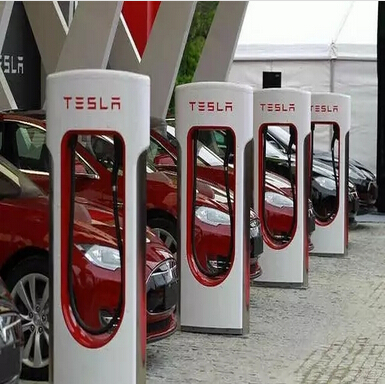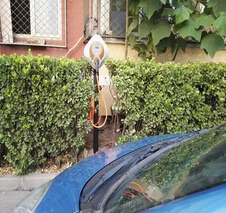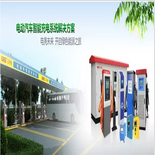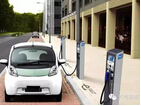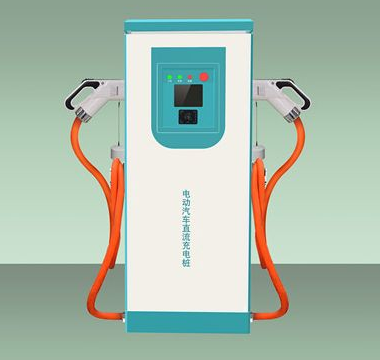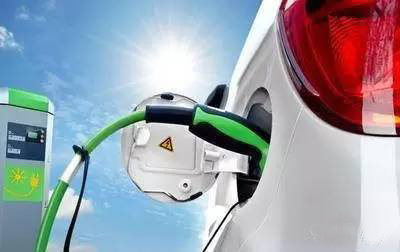In 2018, sales of new energy vehicles in China are expected to exceed 1 million.
Most people will not feel that this forecast figure is exaggerated. After all, in 2017, the domestic sales of new energy vehicles were 777,000 units. The forecast of 1 million vehicles only required a 28.7% year-on-year increase. In 2017, this figure was 53.3%. By implication, new energy vehicles have finally entered the era of millions in China.
Just like the fuel truck has driven the gas station business, new energy vehicles, especially pure electric vehicles, face the need for charging. The operation of the charging station seems to be another outlet after the gas station.
Charging pile being favored
There is no reason not to be optimistic about the prospect of charging posts.
By the end of 2017, a total of 214,000 public charging piles have been built, plus a total of approximately 446,000 private charging infrastructures equipped with vehicles, taking into account the domestic ownership of 1.729 million new energy vehicles, and the ratio of car piles. At 3.8:1, the distance from the 1:1 goal is still far from the goal.
In order to accelerate the development of charging infrastructure for electric vehicles, the state has issued a series of guidelines, such as the construction of a “four vertical and four horizontal” intercity electric car rapid charging network in 2020, and the addition of more than 800 intercity rapid charging stations. There are more than 12,000 centralized charging and recharging stations and more than 4.8 million new decentralized charging stations to meet the needs of 5 million electric vehicles in the country.
Of course, there are more practical subsidy measures. 49 provinces and cities have issued 70 new policies for electric vehicle charging. Typical is Shenzhen, subsidies for new energy vehicles have been substantially reduced, but subsidies for charging piles have doubled compared to last year.
In the interest of this policy, there may be no reason not to think of the charging pile as a sunrise industry, but there are exceptions.
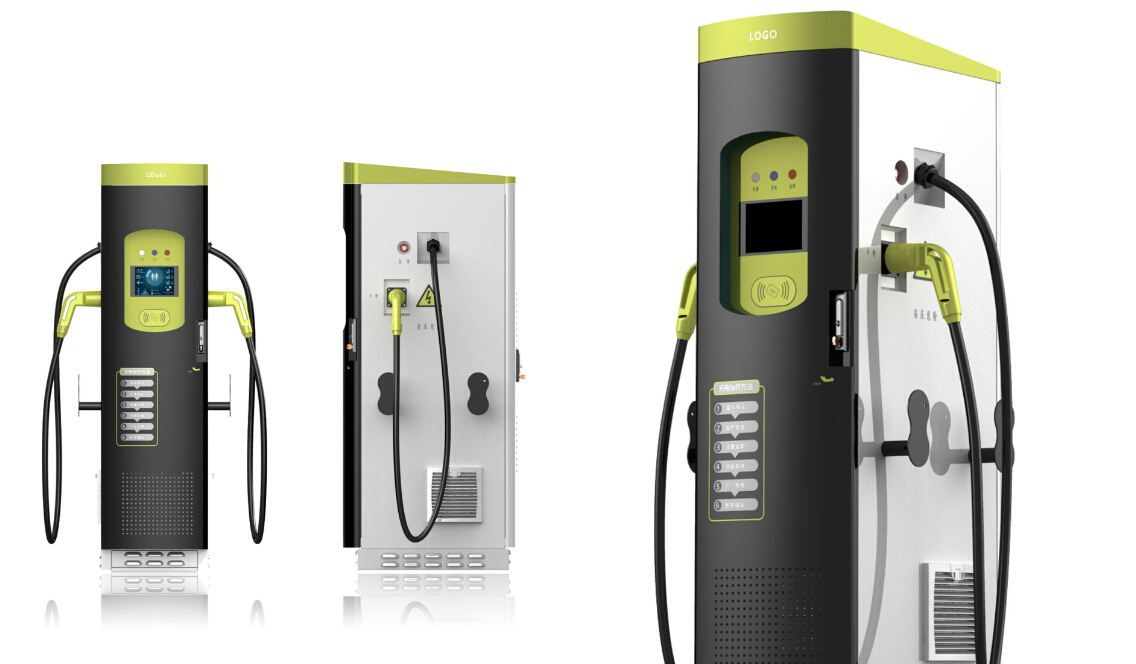
At present, there are more than 10 charging pole operators on the scale, including special calls, the State Grid, charging the stars, and China Putian four occupy 86% of the market scale of public charging facilities. Even Beijing, where charging piles are the most entrepreneurial venture, has a total of 40-50 companies in the 20,000 public charging piles market, and the “Big Four” still divides the market by more than 70%.
This phenomenon is not difficult to explain in fact, the construction of charging piles needs to consider factors such as traffic density and utilization rate, making public areas such as supermarkets, schools, hospitals, and tourist attractions become objects favored by charging pile enterprises. These scenarios may require It is inevitable that start-up companies will be in a disadvantaged position through links such as property, government and power sector.
On the other hand, due to the large number of operators of the charging piles, there is information asymmetry between operators and users, and an “island phenomenon” has appeared on the use of charging piles, and it has been idle since its establishment. Although a variety of charging APPs have appeared in the market, the principle of proximity is still a prerequisite for determining the usage rate. Users cannot drive for 50 kilometers to charge.
















 RCCN WeChat QrCode
RCCN WeChat QrCode Mobile WebSite
Mobile WebSite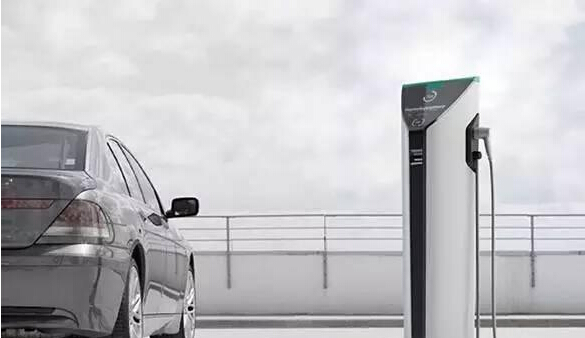
![[Charge pile principle] electric vehicle charging pile principle Secret](/upload/image/20170504/20170504090205_67304.jpg)
